How to grow a dicenter in the open field, planting methods and rules of care
Undeservedly forgotten by gardeners a dozen years ago, today the dicenter returns to garden plots. Painted with delicate paints, brushes with flowers of an unusual shape - a heart - sway on thin pedicels under a light breeze, decorating flower beds. Planting dicenter and caring for it are simple, do not require special knowledge and skills, and therefore the flower is again gaining popularity in the plots.
The flower is also called "broken heart" - according to a beautiful legend about unhappy love, a beautiful young man saved a girl named Jeanette in the forest. She fell in love with him and looked for a meeting with him for a long time. And when she finally saw him again, the young man was with the bride. Jeanette's heart broke with pain, she fell, and then a flower grew in this place.
Varieties of dicenter
Botanists have about 20 species of dicentra; no more than a dozen are grown in culture. Let's list the most remarkable species.
- D. Magnificent, or spectabilis, about a meter high. Blooms from May to June. Interesting color of flowers: the upper and lower parts have different shades. Originally a species from the Far East. It is very demanding to comply with the irrigation regime, does not tolerate places with a close occurrence of groundwater. An extremely effective variety - Golden Heart with pink petals and yellow leaves. Domestic gardeners are happy to grow the Valentine variety, in which the upper part of the flowers is painted pink, and the lower one is white.
- D. Beautiful, or formosa, is a medium-sized plant up to 40 cm tall. It is characterized by long flowering from June to September. Natural habitat - forests of North America.
- D. Exceptional, or excellent (eximia), is distinguished by inflorescences of white, pink and purple flowers against a background of silvery-green leaves. The height of the peduncles is up to 25 cm, blooms from May to October.
- D. Klobuchkovaya - miniature American species, up to 15 cm tall. The color of the inflorescences is pink, white. Possesses healing properties, the leaves are poisonous.
- D. Climbing - of Asian origin. It is an annual liana. It stretches up to 2 m in length, the flowers are creamy yellow or white-pink. Gardeners have a popular variety of the Golden Vine - a liana up to 3 m long, blooming until frost. It is noteworthy that this is the only variety that can be grown from seeds without difficulty.
- D. Canadian - dwarf species, up to 25 cm tall. Inflorescences are white, open in the second half of spring.
- D. Vagrant - a rare species native to Asia, up to 15 cm high. Large white or pink flowers rise above a green-gray leaf rosette on a thin stem. Burning Hearts is a popular hybrid of Vagrant and Superior dicenter. Scarlet inflorescences look spectacular against the background of silvery leaves.
Planting dicenter
For planting, areas with fertile soil are chosen, sufficiently moist, but well-drained: most varieties of dicentra do not tolerate stagnant moisture. The soil should be loose, from sandy loam to loam, neutral or slightly acidic. The attitude to light is quite democratic: in the sun, flowering begins earlier, but the peduncles are shorter, the color of the flowers is paler; shaded bushes grow luxuriantly, bloom a couple of weeks later, but delight longer with flowers painted in rich, juicy tones.
Planting dates are spring or autumn. Dicenter is planted in late April - early May, but September planting is considered optimal, when the plant has enough time to take root and prepare for winter.
The landing site is prepared in advance, best of all - six months in advance.The earth is carefully dug up onto the bayonet of a shovel, while adding organic matter - humus at the rate of 4 kg / m2... Then the soil is poured with water with dissolved mineral fertilizers at the rate of 20 g of the complex per bucket of water.
Dicenter planting technique:
- Wells with a diameter and depth of 40 cm are prepared, drainage is placed on the bottom. A small layer of soil mixed with compost is poured on top. The distance between the holes is determined by the size of the plant.
- The seedling is placed in the hole, spreading the roots.
- Cover with a mixture of soil and compost and watered.
- Mulch in two layers, first with dry soil, then with dry plant residues - leaves, sawdust, hay.
Clayy heavy soils are ennobled by the addition of washed coarse sand or limestone chips.
Dicenter care
An undemanding dicenter in the right place, subject to planting conditions, practically does not require increased attention.
Basic care includes the following activities:
- watering - regular, abundant (especially in hot weather), with soft, settled water;
- loosening the soil, weeding out weeds to ensure normal aeration of the root system;
- periodic renewal of mulch;
- regular removal of faded peduncles to stimulate the formation of new ones;
- transplanting a bush with dividing the rhizome to prevent root death (carried out every 3-4 years).
Top dressing schedule:
- early spring - nitrogen fertilizers;
- flowering period - superphosphates;
- before winter - fermented mullein diluted with water (1:20).
After the end of flowering, the peduncles are removed without waiting for the seeds to ripen - in regions of temperate and cold climates, they do not always have time to ripen. With a special desire to grow a dicentra from their seeds, they wait until the seed pods acquire a brown color. The collected capsules are husked, the seeds are dried for several days, put into the refrigerator - before sowing, they must undergo stratification.
Preparation for winter also does not require much trouble: cut to a height of 3-5 cm, the base of the bush and the adjacent ground are covered with a 5-8-cm layer of mulch made from sawdust or dry leaves. In the spring, the mulch is renewed. To protect delicate shoots from recurrent frost, they are covered with non-woven material at night.
All dicenters are completely poisonous. Work with them in protective gloves. In addition, the condition of the mulch layer is closely monitored: plant roots often break through to the surface and can damage the health of people and pets, while mulch covers the “runaways”.
Reproduction of dicentra
Of all the methods possible for herbaceous shrubs (seed, dividing a bush or root, and cuttings), division is considered the most promising.
The bushes are divided in spring or autumn.
- Shrubs are selected from the age of 3 years.
- The bushes are dug up, shaken off the ground from the roots, dried for a couple of hours and divided into parts, each of which should have 10-15 cm roots and several buds.
- Sections are powdered with crushed charcoal.
- Next, the delenki are seated in the wells according to the method described above.
2-4 delenki are planted in each hole: if some do not take root, there will be no empty space. If everything goes well, at the end of the season, the extra ones can be carefully dug up and planted in a new place.
Cuttings are prepared in the middle of summer from young shoots that have grown to 15 cm. They are separated from the mother plant with a heel and left in a solution of a root formation stimulator for a day (Kornevin, Zircon, Heteroauxin are suitable). Then they are planted in containers with garden soil and covered with a transparent cap. The next year, the rooted cuttings are planted in a permanent place.
Ascorbic acid or a solution of vitamin B1 is added to the root former solution, which contributes to the rapid rooting of cuttings.
Seed propagation is more suitable for professional flower growers, since the seeds of the bleeding center are famous for their unpredictability - they do not emerge immediately, but within two years, the seedlings grow slowly, and begin to bloom in the third year. When growing, it is required to carefully and strictly follow all the care activities on schedule.
Simplified technology of growing seedlings of dicentra looks like this.
- In mid-January, the seeds are soaked for 24 hours in a napkin soaked in Epina-Extra solution.
- Dried seeds are laid out in a container on a sterilized substrate, pressed slightly and sprinkled with 1-2 mm of soil.
- The container is closed with a lid with openings for air circulation and refrigerated for 3 weeks.
- After the expiration of the stratification period, the container with seeds is transferred to a warm place (18-20 ° C) with constant supplementary lighting.
- The soil is periodically moistened, the greenhouse is ventilated.
- With the appearance of the first shoots, watering is carried out through the pallet.
- Seedlings are sprayed with Epin solution.
- In April, seedlings dive in separate cups.
- From mid-May, when the heat is finally established, containers with seedlings are moved to the greenhouse.
- From mid-June, the pots are kept outdoors in a shaded area.
- At the end of August, seedlings are planted in a permanent place. For the first winter, it must be covered with spruce branches.
Diseases and pests
The dicenter is rarely infected with diseases. Possible infections:
- ring spot - spots, light green rings on the leaves;
- tobacco mosaic - numerous light specks of irregular shape on the leaves;
- mycoplasmosis - deformation of shoots and buds, discoloration of flowers.
For prevention, simple measures are carried out:
- the planting site of the dicenter is treated with a 5% formalin solution a month before planting the seedlings;
- observe the watering regime;
- fight insect pests, especially aphids, which carry viruses.
Pests rarely attack the dicenter, since the green parts and roots of the plant are poisonous. If uninvited guests are found on the flower, they are treated with insecticides - "Biotlin", "Antitlin".
Undemanding in cultivation, the dicenter revives the semi-shady corners of the garden, decorates borders, rockeries and rock gardens, and uses it for vertical gardening. Simple rules for planting and caring for a "broken heart" in the open field return the flower to its former popularity and love of gardeners.

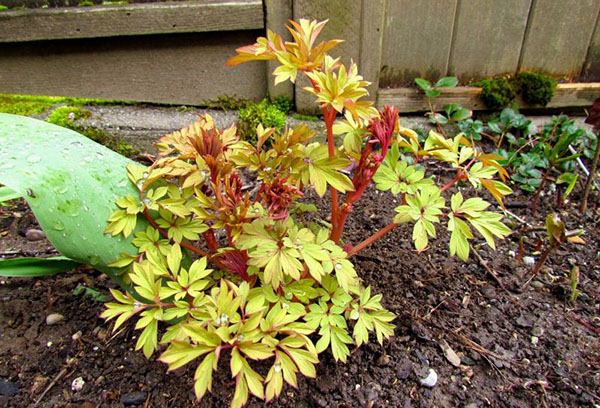

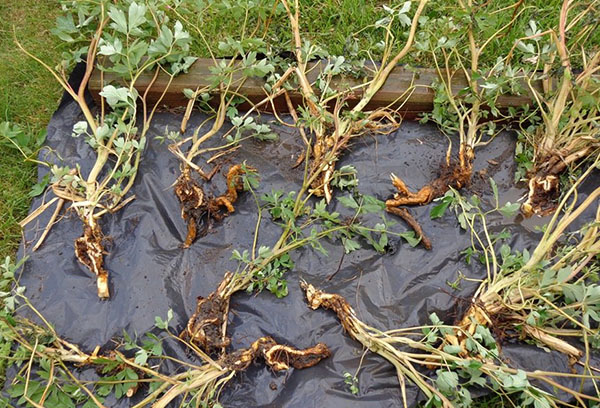
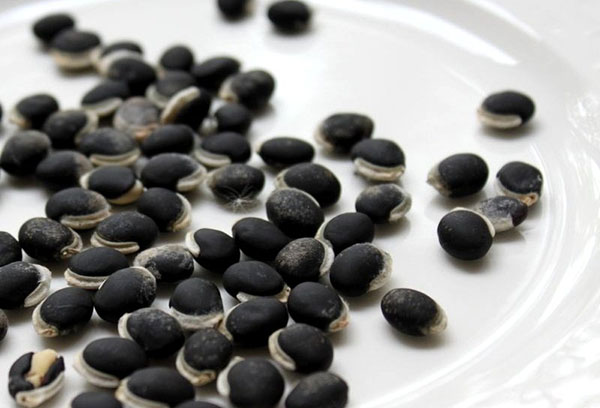
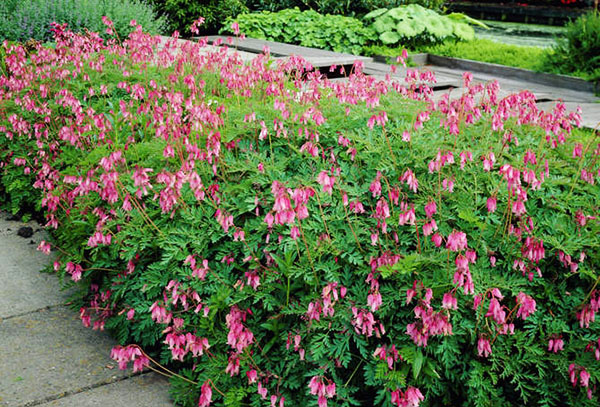
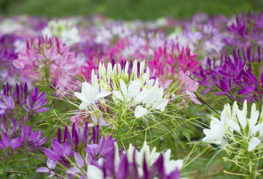
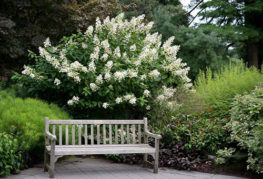

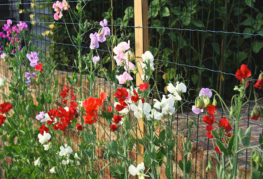
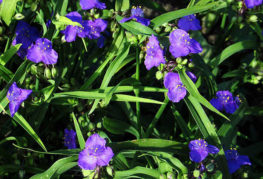
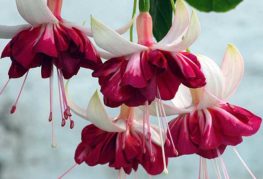
and will be published shortly.